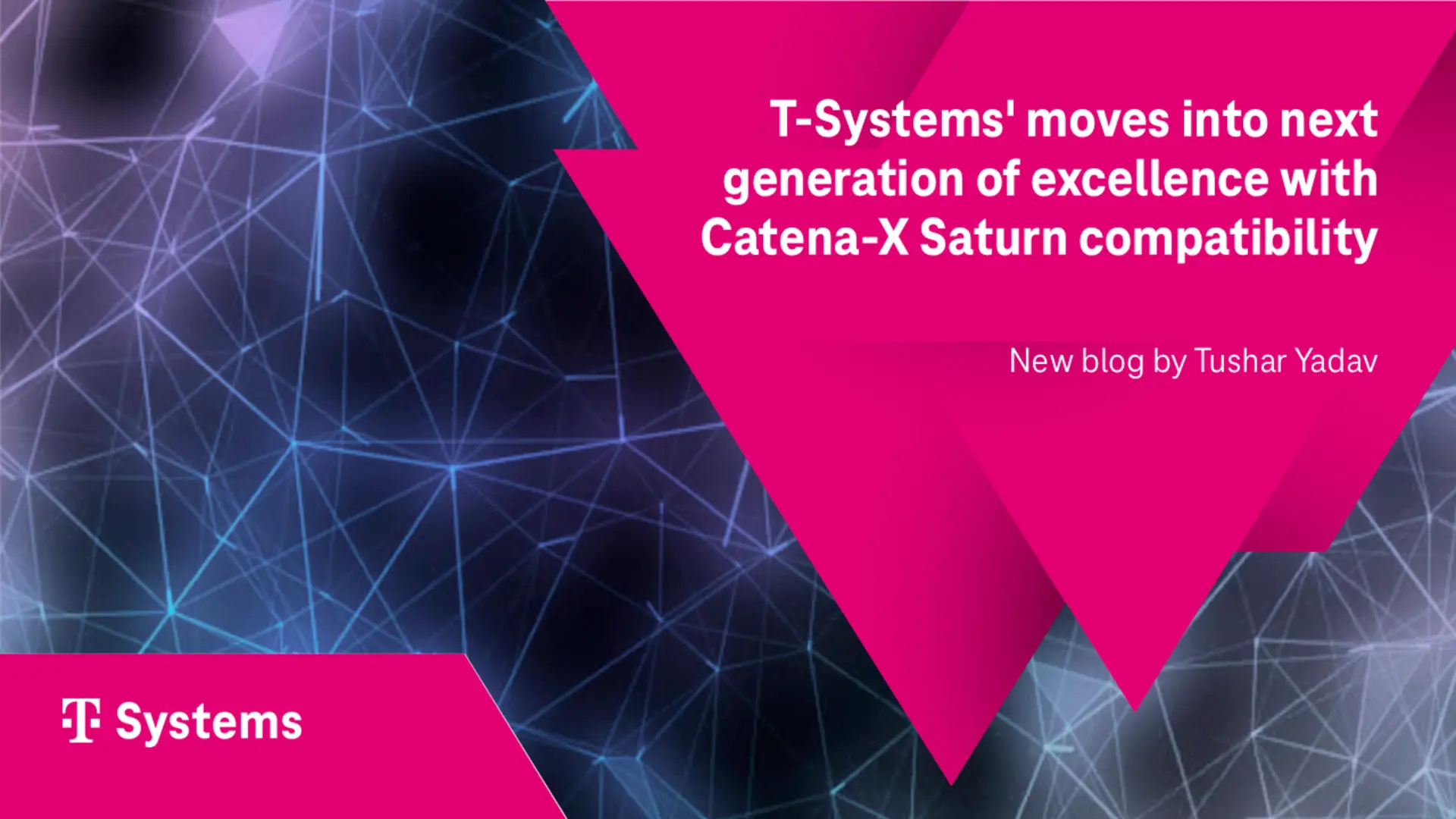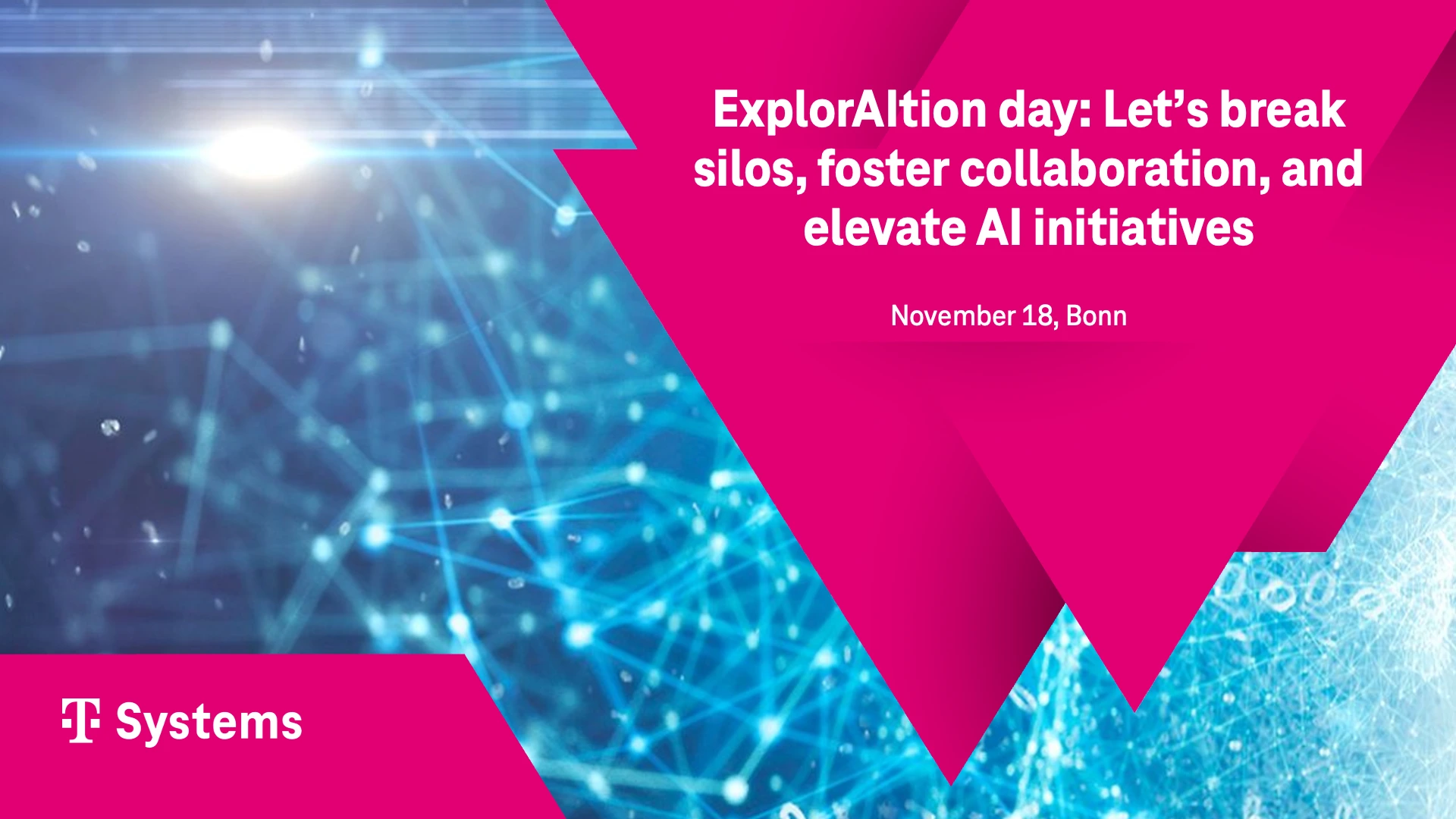Dataspace Mesh
Glossary Page
A dataspace mesh (or mesh dataspaces) expands on the notion of a data mesh beyond an enterprise setting to include novel distributed, federated and decentralized data systems encompassing enterprise boundaries, like dataspaces. Merriam-Webster defines a mesh as “a web like pattern” or “an arrangement of interlocking links”, which corresponds particularly well with the intertwined dimensions of interoperability of systems including technical, semantic, organizational and legal.
https://cdn.dih.telekom.com/e930c2fe-b2ad-4183-86bb-27d0093f1a05
Latest Webinars
Latest Articles

T-Systems' moves into next generation of excellence with Catena-X Saturn compatibility
T-Systems’ Connect & Integrate solution is now fully compatible for the latest Catena-X “Saturn” release, effective November 25, 2025. This milestone enhances secure, cross-company data exchange in the automotive industry by introducing updated standards, stronger interoperability, and robust policy management. Saturn certification enables participants to confidently adopt Catena-X use cases ranging from certificate management to advanced traceability and carbon footprint tracking. With backward compatibility, cloud-agnostic design, and vendor independence, Connect & Integrate ensures scalability for SMEs and global enterprises alike. T-Systems provides expert guidance to support smooth migration from the previous “Jupiter” version, empowering organizations to unlock the full potential of Catena-X Saturn.
Read more

Tushar Yadav
Dec 05, 2025

Visitor Analytics PRO: Revolutionary Motion Data analytics for measurable business success
Visitor Analytics PRO by T-Systems turns anonymized motion data into actionable insights, helping businesses understand visitor flows, dwell times, and demographics with precision down to 150 m². Fully GDPR-compliant and automated, it delivers fast, reliable intelligence to optimize performance, plan strategically, and unlock measurable business success.
Read more


Tino Bliesener, Tobias Kleyböcker
Dec 03, 2025

T-Systems strengthens supply chain transparency with Catena-X “Blocking Notifications”
The Catena-X Blocking Notifications use case enables suppliers and OEMs to instantly flag quality or compliance issues across the automotive value chain. With T-Systems’ Connect & Integrate solution, companies can seamlessly onboard, exchange standardized messages, and collaborate in real time to prevent disruptions, increase transparency, and strengthen supply chain resilience. This streamlined, no-code approach empowers organizations to activate Catena-X use cases quickly and focus on delivering quality and operational excellence.
Read more

Tushar Yadav
Nov 17, 2025




